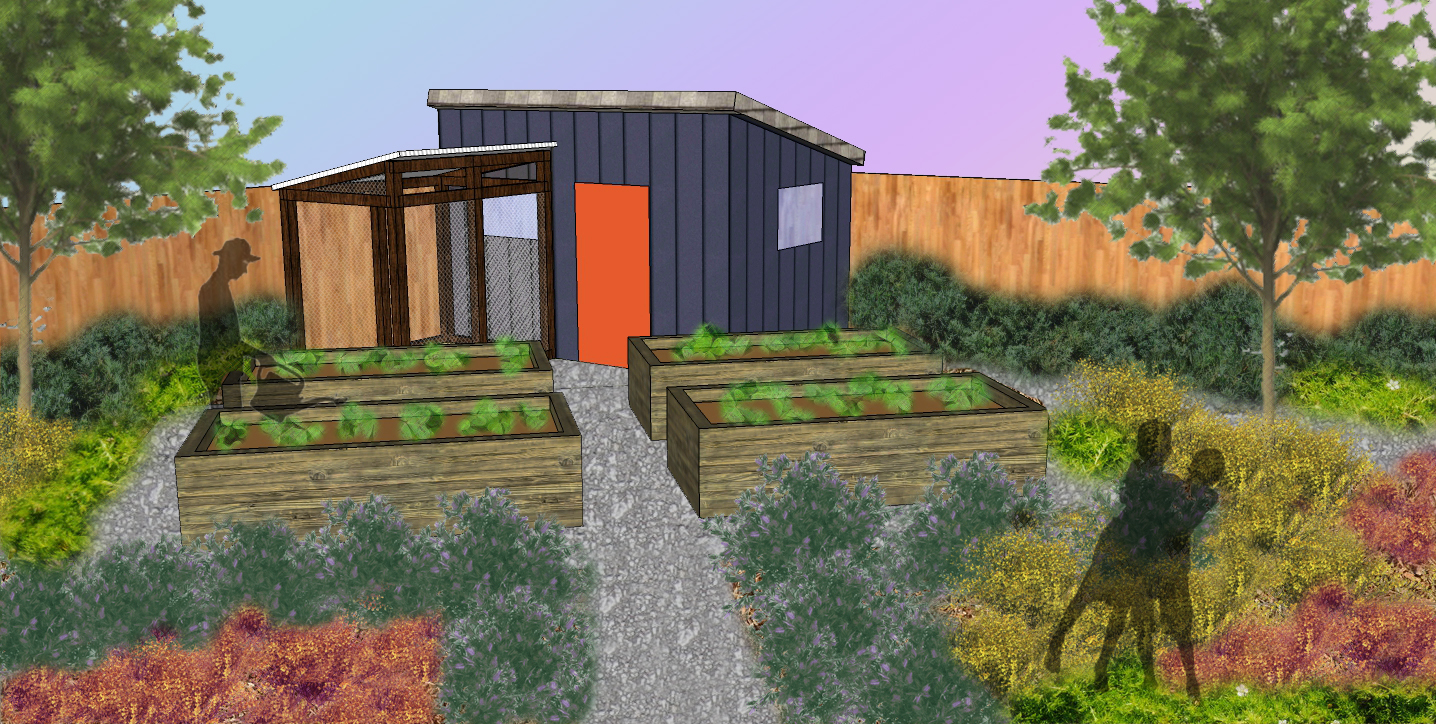
Shed/chicken coop structure, 4′ x 8′ raised beds and a mix of edibles and beneficial insect-attracting perennials.
The garden installation was more complicated and time-consuming than originally planned due to my messy sod-cutting job. I cut the sod on a rainy day and the project quickly turned into a major muddy mess. That meant we need to sheet mulch the sloppy job to ensure grass doesn’t come back.
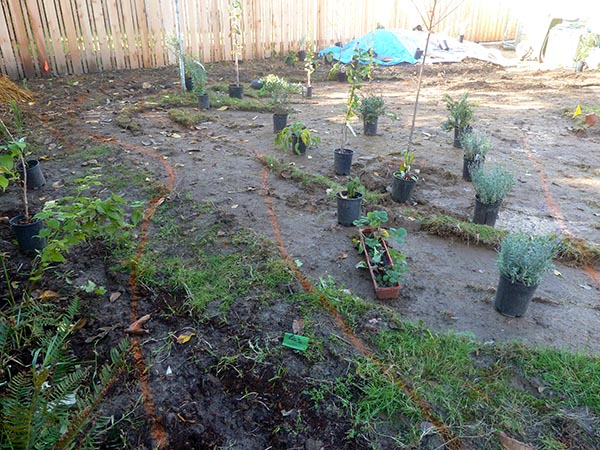 To install the full garden, I needed first to mark the plan on the ground. I used bright orange spray paint to show here the pathway system was. That helped us differentiate between pathways and plant beds. It’s also an excellent way to make minor tweaks to permanent shapes, like your pathways, before everything gets installed. I then placed all the plants – tweaking this one here and nudging that one there.
To install the full garden, I needed first to mark the plan on the ground. I used bright orange spray paint to show here the pathway system was. That helped us differentiate between pathways and plant beds. It’s also an excellent way to make minor tweaks to permanent shapes, like your pathways, before everything gets installed. I then placed all the plants – tweaking this one here and nudging that one there.
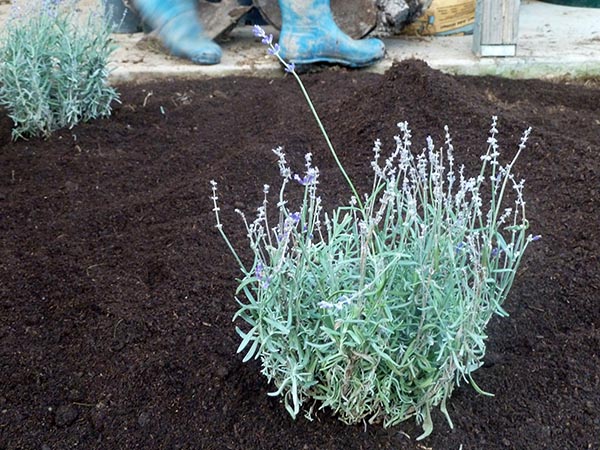
All the plants were carefully dug into the hard clay soil, softened a bit from the fall rains. Next, we added a layer of composted steer manure to the plant bed areas. That will give them a great nutrient-boost to our formerly neglected soil. It felt like a race to the finish line getting everything in the ground! The first frost greeted us the next morning after the final plants had been installed. Whew!
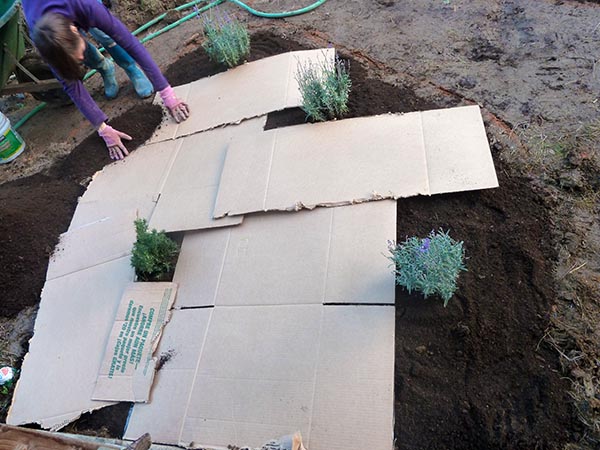
With the dead of winter upon us, we took our time doing the final sheet mulching layers. That process would minimize any grass re-emerging in the spring since my sod cutting left lots of missed spots. To do so, we laid down cardboard and thick layers of newspaper carefully around all the newly installed plants.
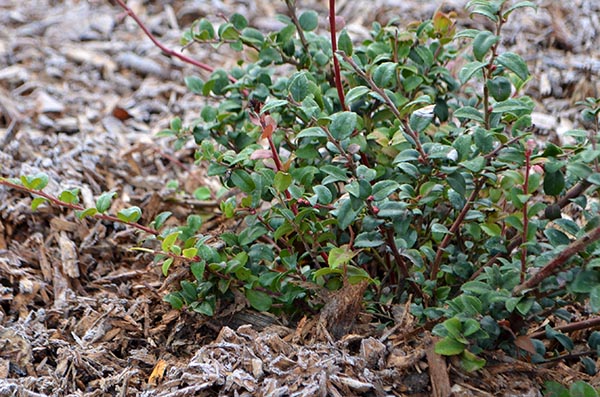
We added a thick layer of wood chips – around 6″ – to the top of the cardboard/newspaper layer. That extra mulch will help insulate the plants over the cold winter and will be great for water retention next summer. As it slowly breaks down over the next few years, the composted remains will help break up our hard, clay soil. Winter rains should compact the wood chip layer to something closer to 3-4″ by spring – just the right thickness for weed suppression.
We are still making decisions on the pathways. We might do temporary paths with leaves or straw until we are ready for a professionally-installed permanent pathway system. We’ll need to figure that out before spring when things will jump back to life.
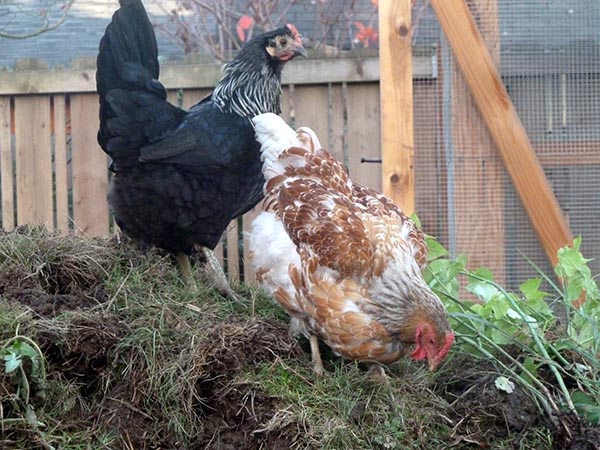
The pile of sod from the front and backyards is right in the middle of where the future raised beds will go. It’s about 4′ high and 6’d wide with some good topsoil attached to the grass roots. We are planning to compost some of it on site and use it to create mounds in Juniper’s nature play area. But we will likely haul the remainder off site to a large-scale composting facility. In the mean time, the chickens are enjoying grazing on top of the mound.

It still feels like a mountain of work ahead of us: installing pathways, building raised beds, bringing in high-quality soil for the beds, constructing the nature-play area. But the biggest, broadest strokes in the garden have been made. It doesn’t look like much now, but come springtime these new plants will be stretching to the sky. I can’t wait to see what an edible jungle this grows into!
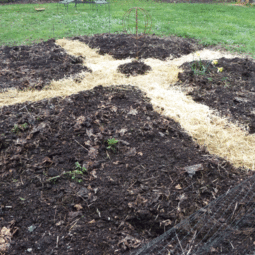
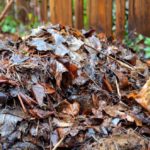
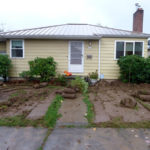
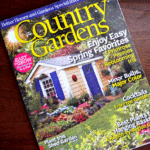
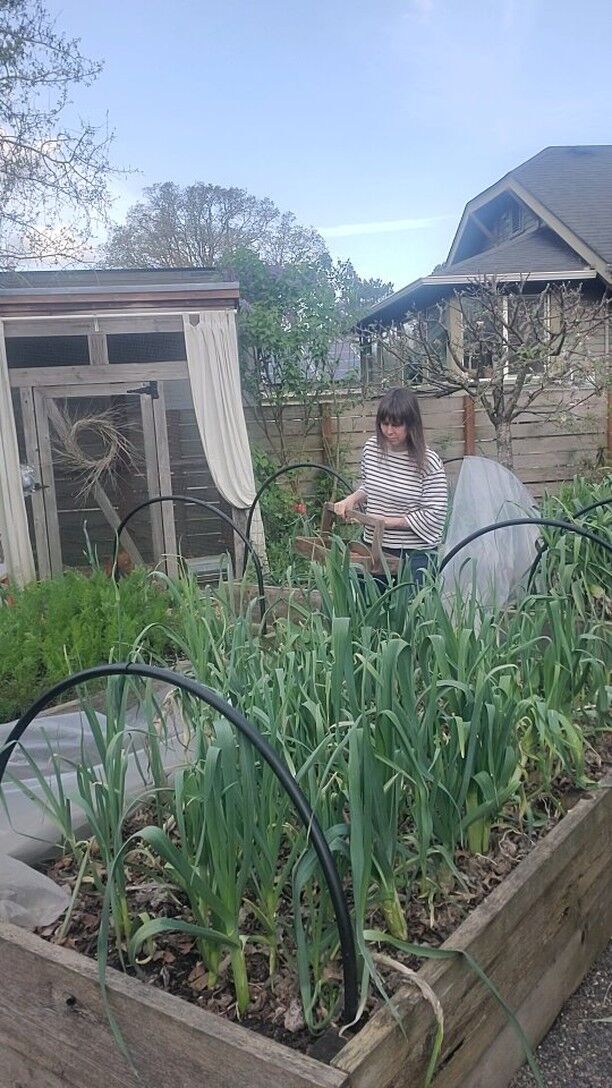
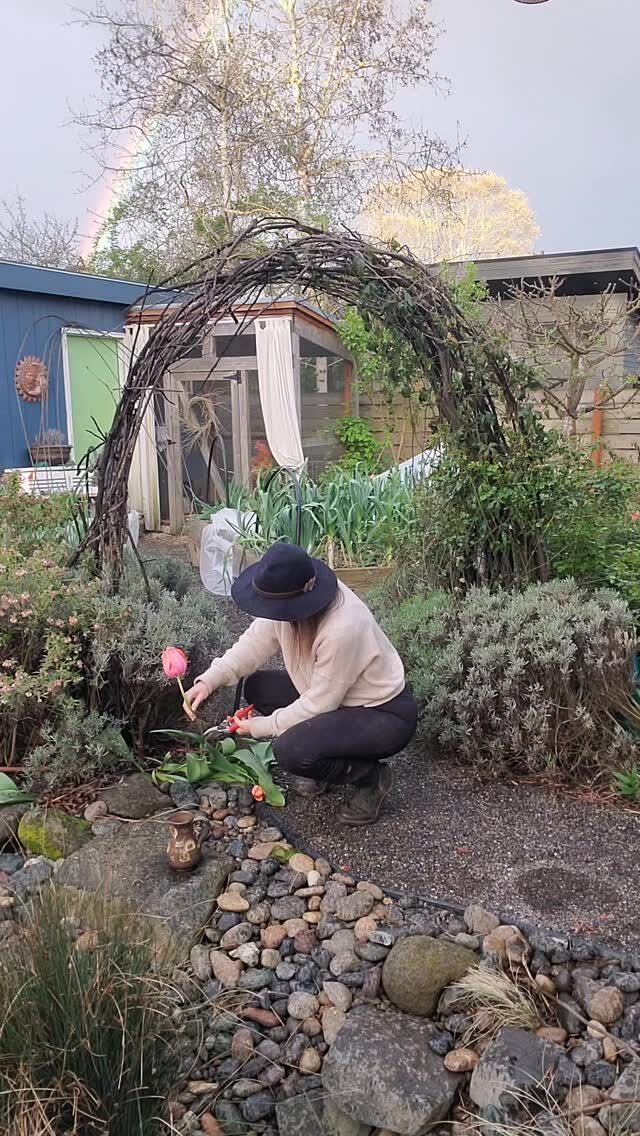
 There's a go
There's a go
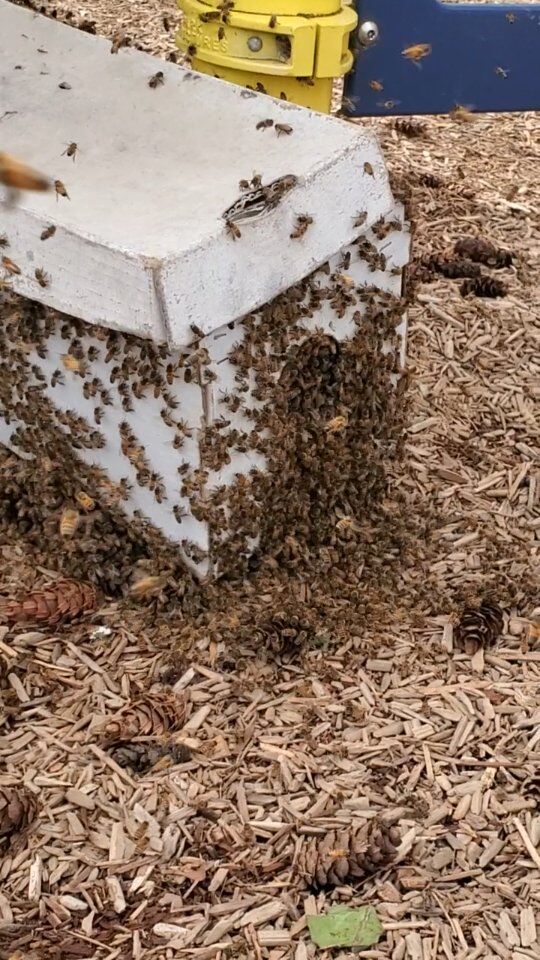
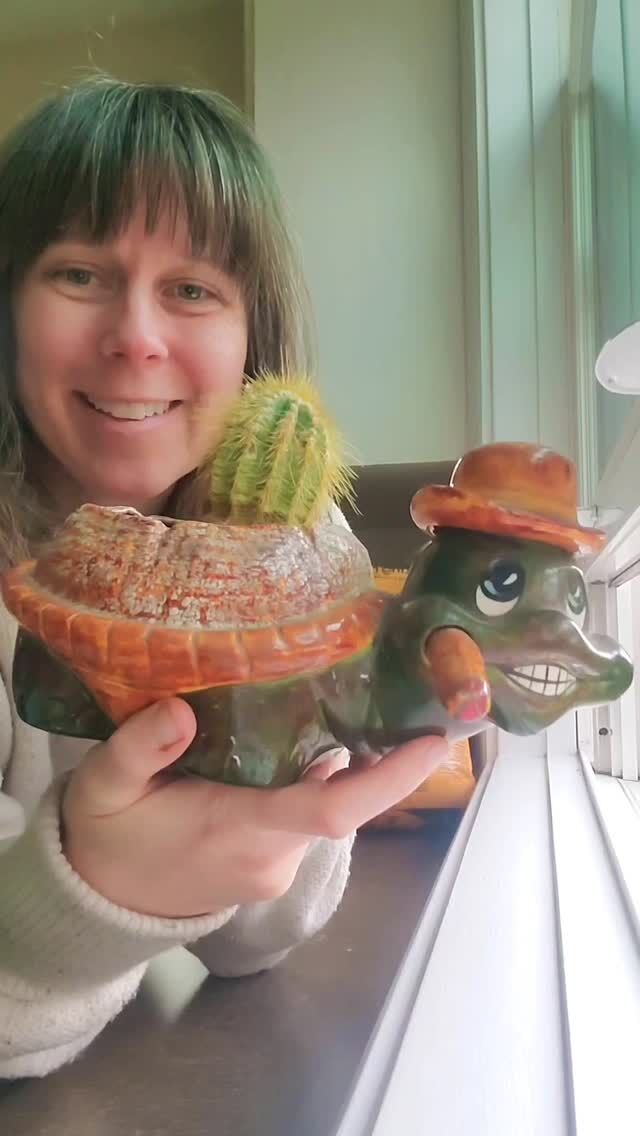
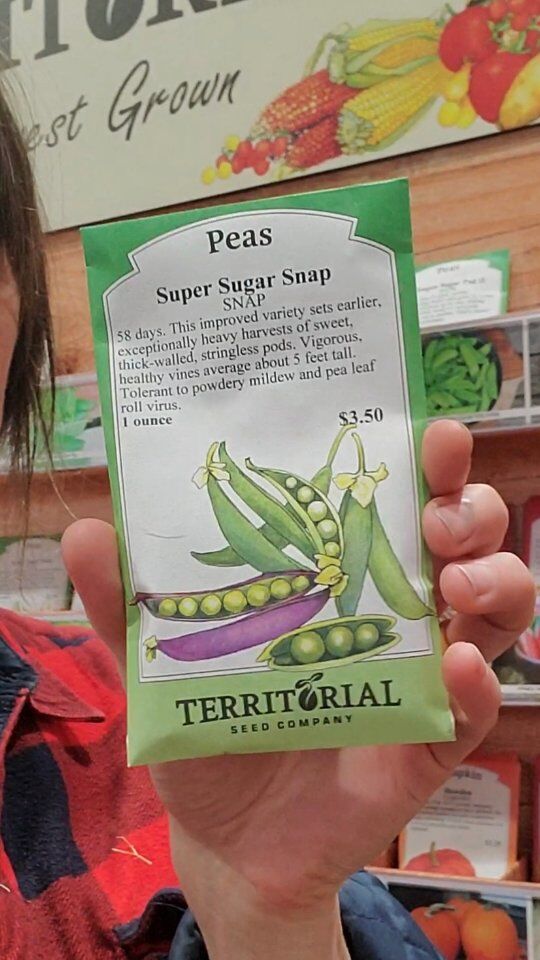

 This has become my
This has become my
 This is from South
This is from South